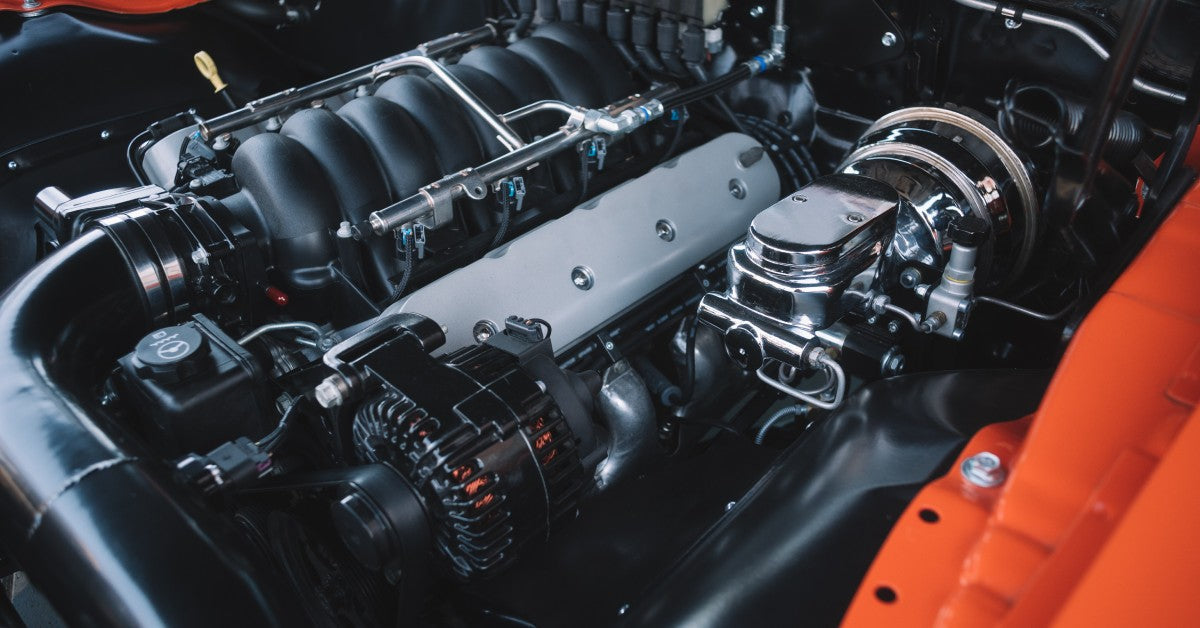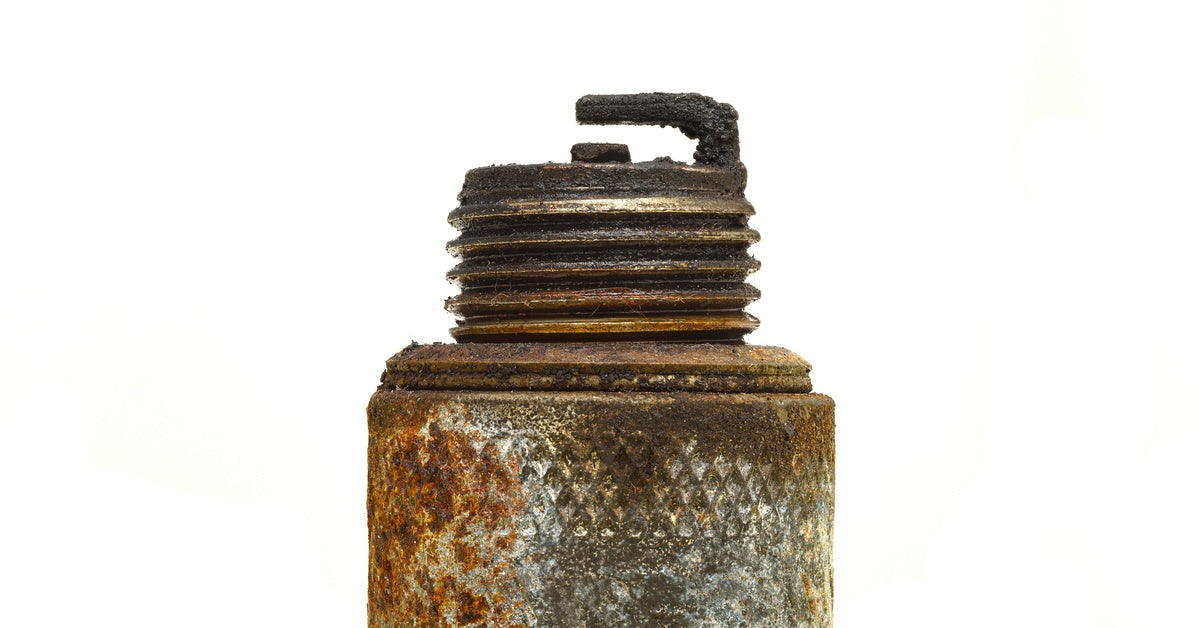
Since there are different states of "dead", there is no single answer to why your car's battery may not be getting the job done. You may remember from an earlier ignition blog on how your plugs get a much-needed spark to ignite the air/fuel mixture in your engine's combustion chamber that it begins with the battery. It should be noted that some small engines and specialty engines do not require a battery but chances are good that yours does. So, let's review how your car's battery powers the ignition system.
How a Car Battery Delivers Juice
A traditional car battery consists of lead plates suspended in a solution of water and sulfuric acid. The battery is charged to approximately 12 volts. When working properly, the battery will hold that charge. To ring the key chime and start your engine, a slight discharge occurs and sulfur is drawn out of the battery acid and the lead plates become coated with lead sulfate. This process can be reversed when the car's generator or a battery charger provides current causing the lead sulfate to return to a liquid state.
Common Signs of a Dead Battery
By design, your car delivers telltale signs that your battery is discharged and may need a jump from another battery or a full charging from a battery charger. Listed below are a few clues:
- No Dome Light - When you open your car's door, the doom light doesn't illuminate.
- No Key Chime - When you insert your key, there is no familiar chime.
- No Radio - If you turn on the radio, you get nothing. This may also be true for dash lights, gauges, etc.
- No Headlights (or very dim light) - You may notice that your headlights don't work or are very dimly lit.
- No Start - When you turn the ignition key, you can hear a clicking or other sound from the starter motor. Although it labors to turn over the engine, the motor doesn't start. Then, it stops completely.
A simple jumpstart or battery charge will likely bring your battery back to life. However, the number of charging and discharging cycles are limited. If your battery jumpstarts and works fine all day but the same thing occurs each morning, you may have a bare wire or electrical component draining juice overnight. If your battery terminals are corroded with a greenish-white powder, you may simply need to clean them and charge or jumpstart the battery again. At a certain point, the battery may not take a charge or cannot hold a charge for any practical amount of time. At this point, your battery is probably "dead" and needs to be replaced.







